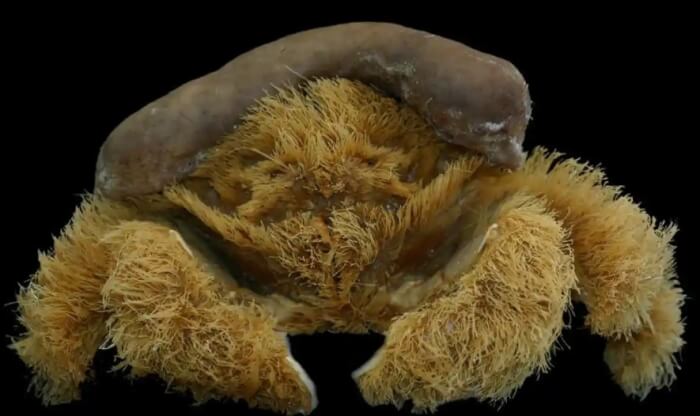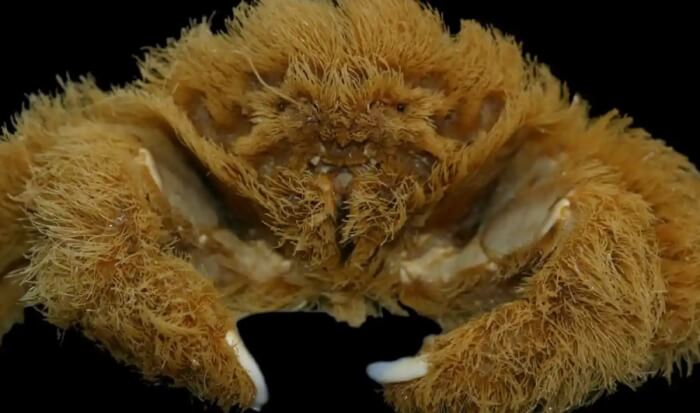Unbelievable Discovery: Australia Found A Fluffy Crab Wearing A Sponge As A Hat
A new species of crab that wears a sponge has been discovered off the coast of Western Australia.
The “fluffy” crab uses a sea sponge like a hat to protect itself. The crab has been named Lamarckdromia beagle, which derives from the HMS Beagle, a ship that Charles Darwin traveled around the world between 1831 and 1836.
These crabs use their claws to shape sea sponges into hats that they can wear to defend themselves from fish and octopi. As one of three sponge crabs in the Lamarckdromia genus, Hosie and Colin McLay classified the crab as a new species.
Dr. Andrew Hosie, a curator of crustacea and worms at the Western Australian Museum, said the crabs have hind legs specially adapted for holding their protective hats. “Also because it’s tanned, it’s kind of like a beagle coloration,” Hosie said.
The sponges are also used by the crabs as camouflage and occasionally be larger than the actual crab. In addition, the sponge aids Dromiidae crabs in concealing themselves from predators like octopuses and other crabs, much as how hermit crabs use their shells for safety.
They also found other Lamarckdromia beagle specimens that had been unknown or incorrectly named before by comparing the new crab to others in the museum's collection. The earliest L beagle specimen they discovered is from December 1925.
Hosie stated, "Discovering new species in Western Australia is not an unusual thing. The amount of things we don't know we've got in Australian waters is still very high."
It is still unclear why the crab's body is hairy since these features are not clearly advantageous to the creature.
The “fluffy” crab uses a sea sponge like a hat to protect itself. The crab has been named Lamarckdromia beagle, which derives from the HMS Beagle, a ship that Charles Darwin traveled around the world between 1831 and 1836.
 Source: Colin McLay/Courtesy of the WA Museum
Source: Colin McLay/Courtesy of the WA Museum
These crabs use their claws to shape sea sponges into hats that they can wear to defend themselves from fish and octopi. As one of three sponge crabs in the Lamarckdromia genus, Hosie and Colin McLay classified the crab as a new species.
Dr. Andrew Hosie, a curator of crustacea and worms at the Western Australian Museum, said the crabs have hind legs specially adapted for holding their protective hats. “Also because it’s tanned, it’s kind of like a beagle coloration,” Hosie said.
 Source: Colin McLay/Courtesy of the WA Museum
Source: Colin McLay/Courtesy of the WA Museum
The sponges are also used by the crabs as camouflage and occasionally be larger than the actual crab. In addition, the sponge aids Dromiidae crabs in concealing themselves from predators like octopuses and other crabs, much as how hermit crabs use their shells for safety.
 Source: Colin McLay/Courtesy of the WA Museum
Source: Colin McLay/Courtesy of the WA Museum
They also found other Lamarckdromia beagle specimens that had been unknown or incorrectly named before by comparing the new crab to others in the museum's collection. The earliest L beagle specimen they discovered is from December 1925.
Hosie stated, "Discovering new species in Western Australia is not an unusual thing. The amount of things we don't know we've got in Australian waters is still very high."
It is still unclear why the crab's body is hairy since these features are not clearly advantageous to the creature.
Share this article
Advertisement